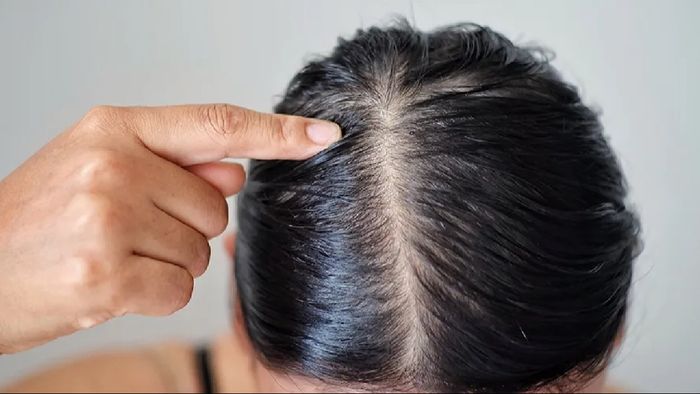Dealing with oily scalp during summers: Tips and tricks
Dealing with an oily scalp during the summer months can be a frustrating challenge for many individuals. The combination of heat, humidity, and increased sweating can exacerbate the production of oil on the scalp, leading to greasy hair and discomfort.

- Apr 29, 2024,
- Updated Apr 29, 2024, 9:01 PM IST
Dealing with an oily scalp during the summer months can be a frustrating challenge for many individuals. The combination of heat, humidity, and increased sweating can exacerbate the production of oil on the scalp, leading to greasy hair and discomfort. However, with the right approach and a few simple strategies, it's possible to manage and even reduce the oiliness of your scalp, allowing you to enjoy healthier, more comfortable hair throughout the summer season.
First and foremost, maintaining proper hygiene is essential for managing an oily scalp. Washing your hair regularly with a gentle, sulfate-free shampoo is key to removing excess oil, sweat, and impurities from the scalp and hair follicles. However, it's important not to overwash your hair, as this can strip away natural oils and actually stimulate the scalp to produce more oil in response. Aim to wash your hair every other day or every two days, depending on your hair type and level of oiliness.
When washing your hair, focus on massaging the shampoo into your scalp using your fingertips, rather than vigorously scrubbing with your nails, which can irritate the scalp and stimulate oil production. Rinse thoroughly with lukewarm water to ensure that all traces of shampoo are removed, as residual product can contribute to buildup and further oiliness.
In addition to regular shampooing, incorporating a clarifying shampoo or scalp scrub into your routine once or twice a week can help to deep-cleanse the scalp and remove stubborn buildup of oil, sweat, and styling products. Look for products containing ingredients like salicylic acid, tea tree oil, or charcoal, which are known for their purifying and oil-absorbing properties.
After washing your hair, it's important to follow up with a lightweight, oil-free conditioner or hair mask, focusing on the mid-lengths and ends rather than the roots. Avoid applying conditioner directly to the scalp, as this can weigh down the hair and contribute to greasiness. Instead, concentrate on hydrating and nourishing the lengths of your hair to keep it soft, smooth, and manageable.
In between washes, you can use dry shampoo to help absorb excess oil and refresh your scalp and hair. Simply spray or sprinkle the dry shampoo onto your roots, focusing on the areas where oil tends to accumulate, then massage it in with your fingertips to distribute the product evenly. Allow the dry shampoo to sit for a few minutes to absorb oil, then brush or comb through your hair to remove any residue.
In addition to proper cleansing and styling products, making some lifestyle changes can also help to reduce oiliness and promote a healthier scalp. Eating a balanced diet rich in fruits, vegetables, lean proteins, and healthy fats can help to regulate oil production and improve the overall health of your hair and scalp. Drinking plenty of water and staying hydrated is also important, as dehydration can exacerbate oiliness and other scalp issues.
Finally, if you're still struggling to manage an oily scalp despite following these tips, consider consulting a dermatologist or trichologist for personalized advice and treatment options. They can help to identify any underlying causes of excess oil production, such as hormonal imbalances or scalp conditions like seborrheic dermatitis, and recommend targeted solutions to address your specific concerns.
In conclusion, managing an oily scalp during the summer months requires a combination of proper cleansing, conditioning, styling, and lifestyle habits. By following a consistent hair care routine, using the right products, and making healthy choices, you can keep your scalp and hair feeling fresh, clean, and oil-free all summer long.